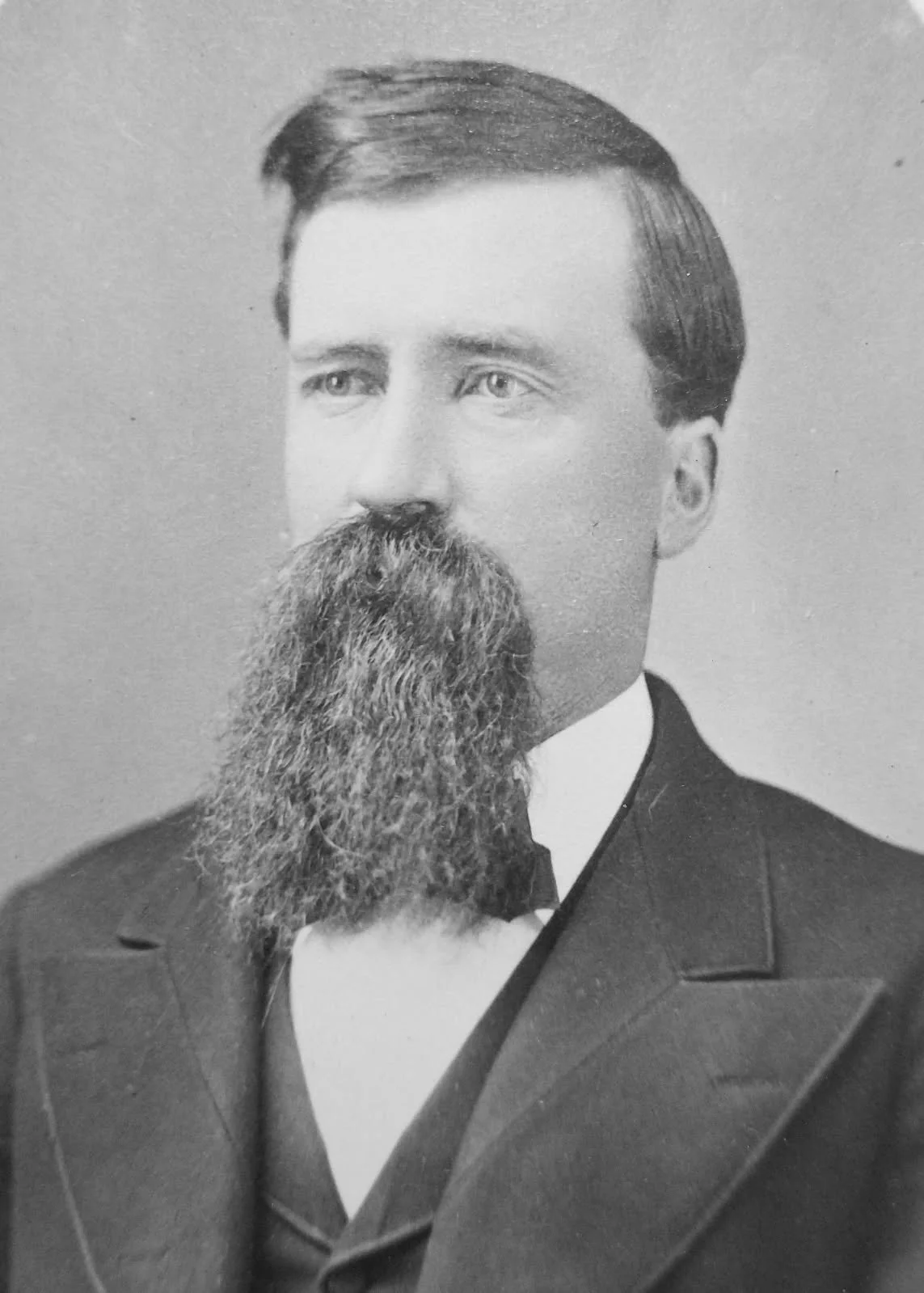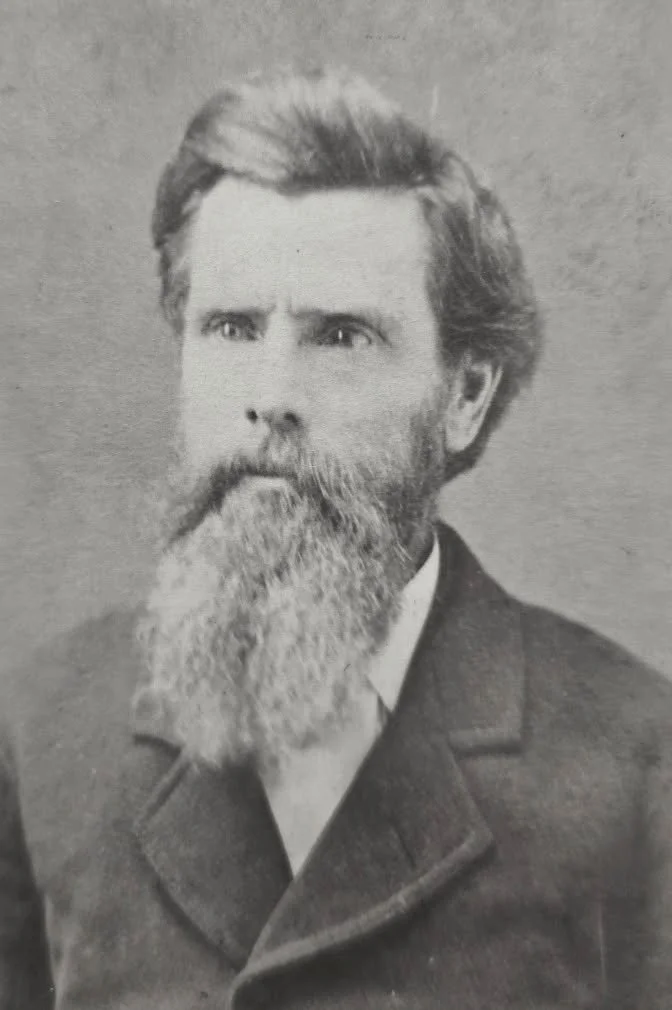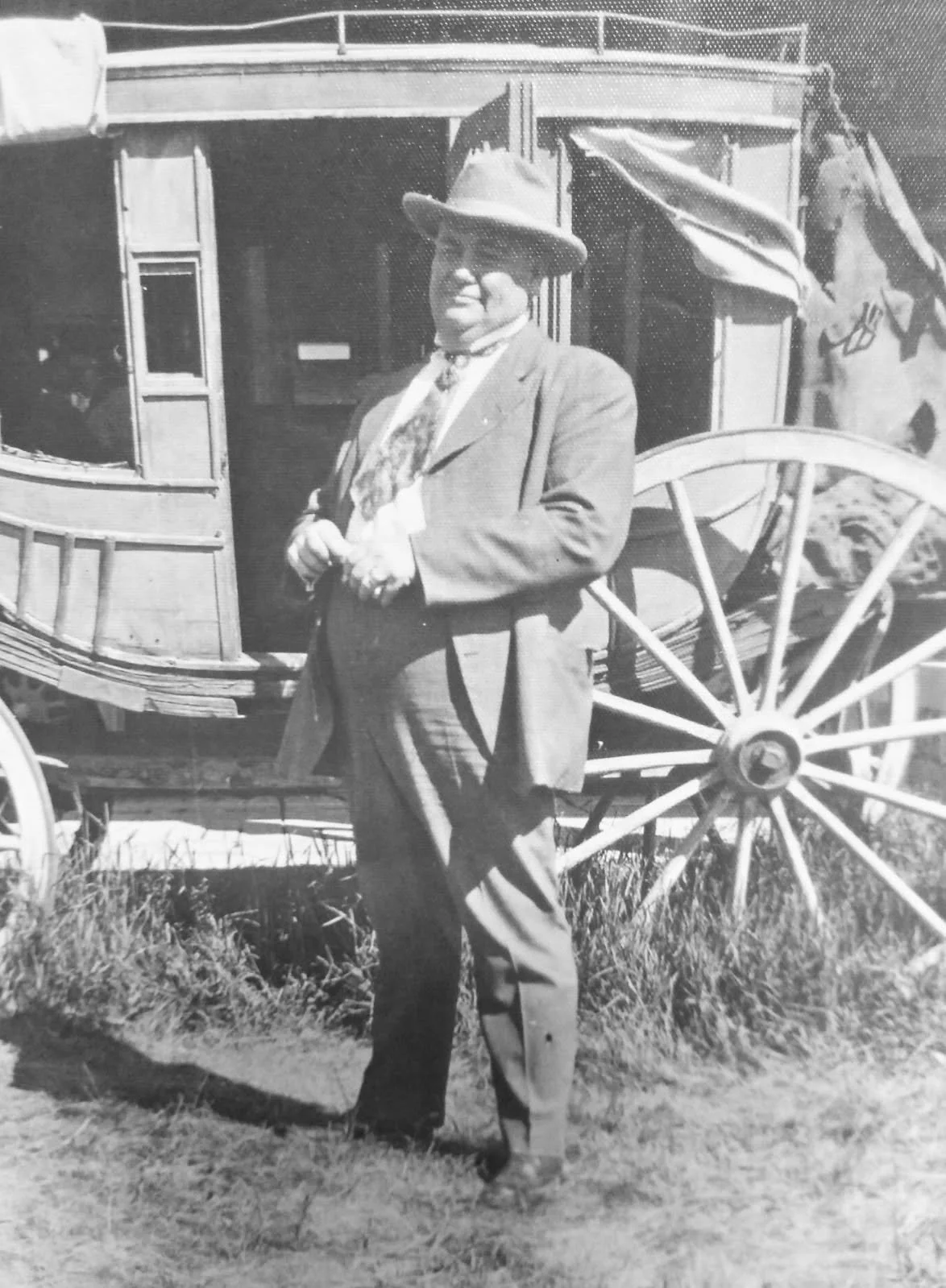Who were the Bissells?
By Brennan Engle
The first brick building in Phillipsburg was home to the offices of William Bissell and other merchants in the late 1800s. Bissell is the namesake of several landmarks in Phillipsburg, Kansas, most notably the Fort Bissell Historical Museum, the Bissell Hotel (razed in 1976), Bissell Avenue, Bissell Creek, and Bissell’s Addition to the city.
William Bissell
Two brothers, John Bissell and William Bissell, were among the earliest settlers of Phillipsburg. John and his wife, Rebecca, came to Phillips County and staked their claim about eight miles west of Phillipsburg in the spring of 1872.
Later that year, the governor officially proclaimed Phillipsburg the county seat. It was on his land that the earliest settlers constructed a stockade in which they barricaded themselves for a couple of days during rumors of an impending Indian attack — an attack that never materialized.
While it was never a military fort, almost 90 years later the stockade became the inspiration for the design of the Fort Bissell Museum in Phillipsburg.
John would go on to serve several terms from this district in the Kansas House of Representatives. In 1887, he was appointed registrar of the Kirwin Land Office, and in the 1890s relocated to a farm near Kirwin. In 1889, he built the “Hotel Bissell” for $20,000 in Phillipsburg, which stood for 87 years and was located where the Subway restaurant is now.
John Bissell
John also served two terms as probate judge in Phillips County and was in that position when he passed away in September 1903 from Bright’s Disease, a kidney condition, at age 73. He was described at the time of his death as an honorable man and someone who locals would consult when considering running for elected office.
William was the youngest of four sons, including John. At the age of 20, William had moved to eastern Nebraska and joined a governmental surveying party where he was involved in laying out new portions of that territory. He then relocated to Grand Island, Nebraska, where he was involved in ranching.
When the Civil War broke out in 1861, he returned to his native Indiana and served on the Union side as a first lieutenant in the 127th Indiana Infantry, which afterwards was mounted and redesignated the 12th Indiana Cavalry.
This unit saw hard duty in the Deep South during the conflict, primarily in Alabama, Louisiana and Mississippi, as well as Tennessee. The 12th Indiana Cavalry’s most prominent activity during the war consisted of being one of three Union regiments participating in Grierson’s Raid, a bold 600-mile strike deep behind enemy lines through the heart of the Confederacy. Tearing up railroads, bridges, and trestles, freeing slaves, as well as burning storehouses and buildings all the while skirmishing with enemy troops trying to stand in their way, in 1959 this raid was fictionalized and then immortalized by John Wayne, William Holden and John Ford in their classic movie entitled The Horse Soldiers.
Honorably discharged in the summer of 1865, William Bissell then returned to Indiana and married Mary M. Calkins in 1866. The couple lived for a time in Fort Dodge, Iowa, while Bissell was in the mercantile business.
Following in his brother John’s footsteps, a year after he came to Phillips County, William and Mary Bissell first arrived in Phillipsburg in 1873, with the couple being reputed as being the parents of the first white child born here.
Once in Phillipsburg, William platted the entire portion of Phillipsburg south of State Street in 1874 and followed that up with another addition further south in 1887.
His own large, prominent home in town still stands to this day on the southwest corner of I Street and 4th Street. Planting trees and maintaining an orchard was an interest for him when it was new.
William Bissell had a strong sense of service to his community. He served two terms as the Phillips County Register of Deeds from 1878 to 1881 and also on the Phillipsburg City Council and Phillipsburg School Board.
He was a founding member of the Phillipsburg United Methodist Church and donated the land for that house of worship, as well as funds for its construction. Written history also reveals William donated much “valuable time” finding a suitable right-of-way so the Rock Island Railroad would go through Phillipsburg.
Bissell played a key role in securing Phillipsburg as the seat of government during the County Seat War with Kirwin in the early 1880s. With Kirwin, population 1500, well-positioned to snatch the county seat away from Phillipsburg, population 300, William Bissell served on the key committee that raised funds to build the first brick courthouse, on spec, on City of Phillipsburg land. This resulted in locking in Phillipsburg as the county seat and set the stage for Phillipsburg to become the primary business community in the region.
William purchased the existing land abstracting business of Phillips County from homesteader land attorney William C. Don Carlos and his son Charles E. Don Carlos from Kirwin in 1880 and hired an employee to handle the work.
In business, William Bissell further tapped into the northwest Kansas free government land boom of the late 1800s by serving as a real estate agent, notary public, and tax preparer. He also conducted business before the U.S. Land Office, which was probably greatly aided by the fact that his brother, the aforementioned John Bissell, was running it.
William also redeemed land from tax sales, bought and sold land on commission, and furnished abstracts of title on all land in Phillips County.
He was an organizing member of the local Masonic Lodge and a member of the Grand Army of the Republic, an organization for veterans of the Civil War akin to today’s American Legion.
William and Mary Bissell had four children, with two dying in infancy. Their son William Guy Bissell became an attorney and practiced in Phillipsburg and later in Gooding, Idaho, where he spent most of his career before passing away in 1952.
William Guy Bissell
As a young woman, Mary Bissell had earned a college degree in English Literature in Valparaiso, Indiana. She also taught school for a time. William had been an early editor of the Phillipsburg Herald newspaper in the 1880s, with Mary taking over those duties at one point.
William passed away in December 1897 of heart failure at the age of 60. He was described at the time as a silent man and an optimist and “one of those strict honorable men” who had the confidence of his fellow community members, whom many came to for advice.
Years after her own death in 1906, Mary Bissell was honored with a bronze plaque attached to a stone monument in Phillipsburg. This was donated by the Woman’s Kansas Day Club in 1933 and sat on the southeast corner of the Courthouse Square for many decades.
Mary was chosen as the honoree from the organization’s sixth district as the “resident mother,” having given birth to the first while child born in Phillips County.
Mary was also honored for her position as the first female newspaper editor in northwest Kansas. In more recent years, her monument was moved from the Square and is now aptly at home on the grounds of the Fort Bissell Museum.


